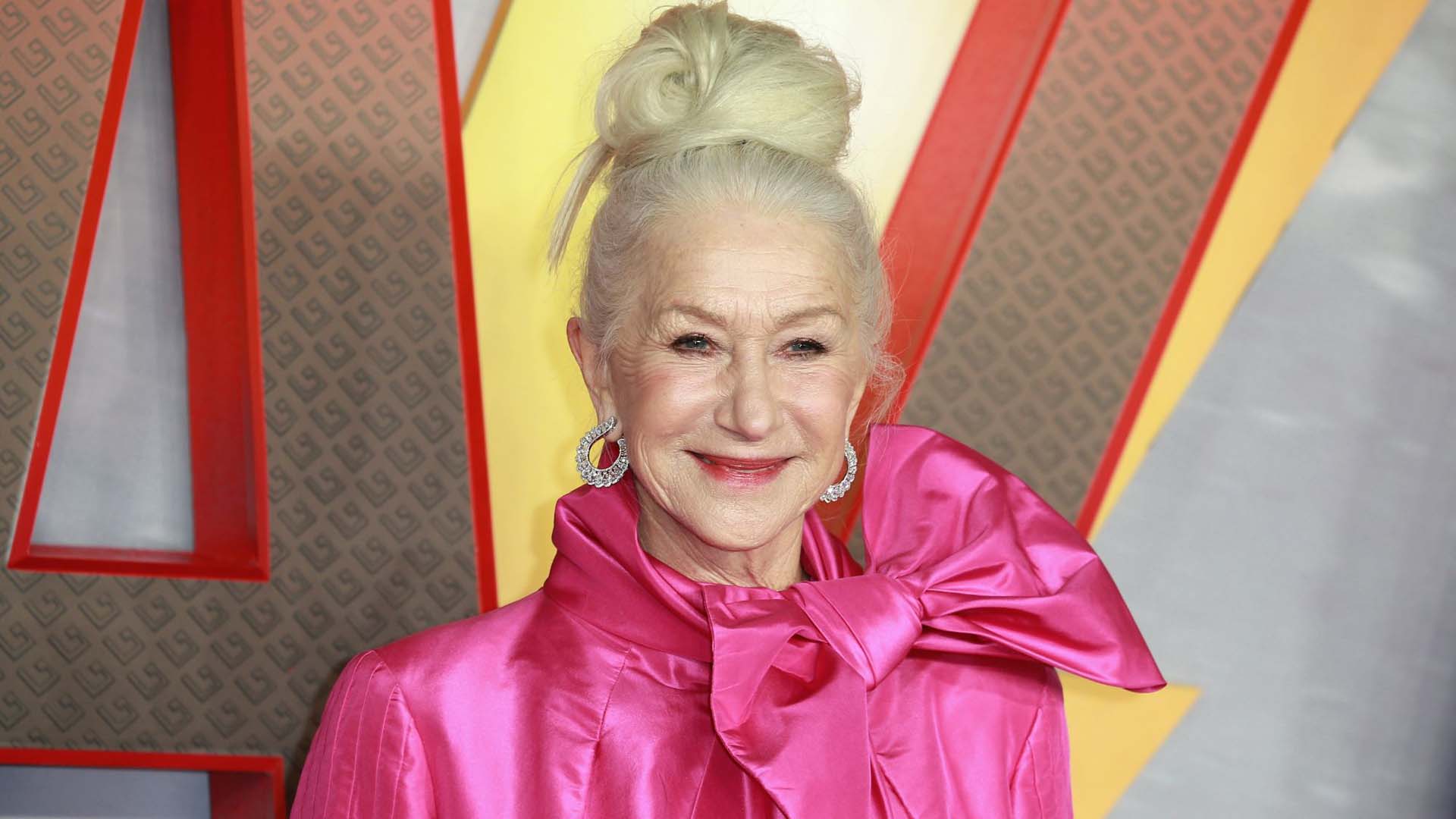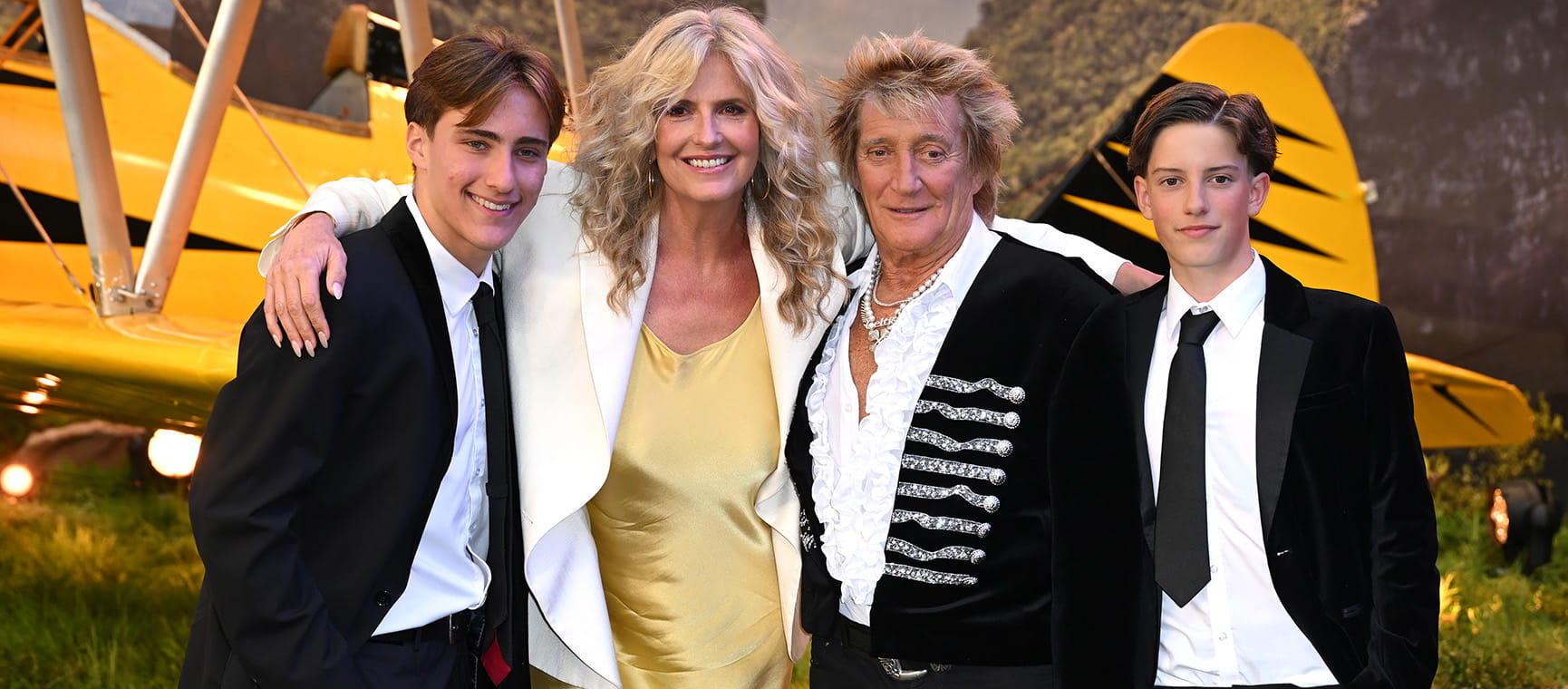At boiling point: what it really takes to get a Michelin Star
As new TV series Knife Edge lifts the lid on how restaurants earn the ultimate accolade, we look at the stresses and strains they endure to receive the award.
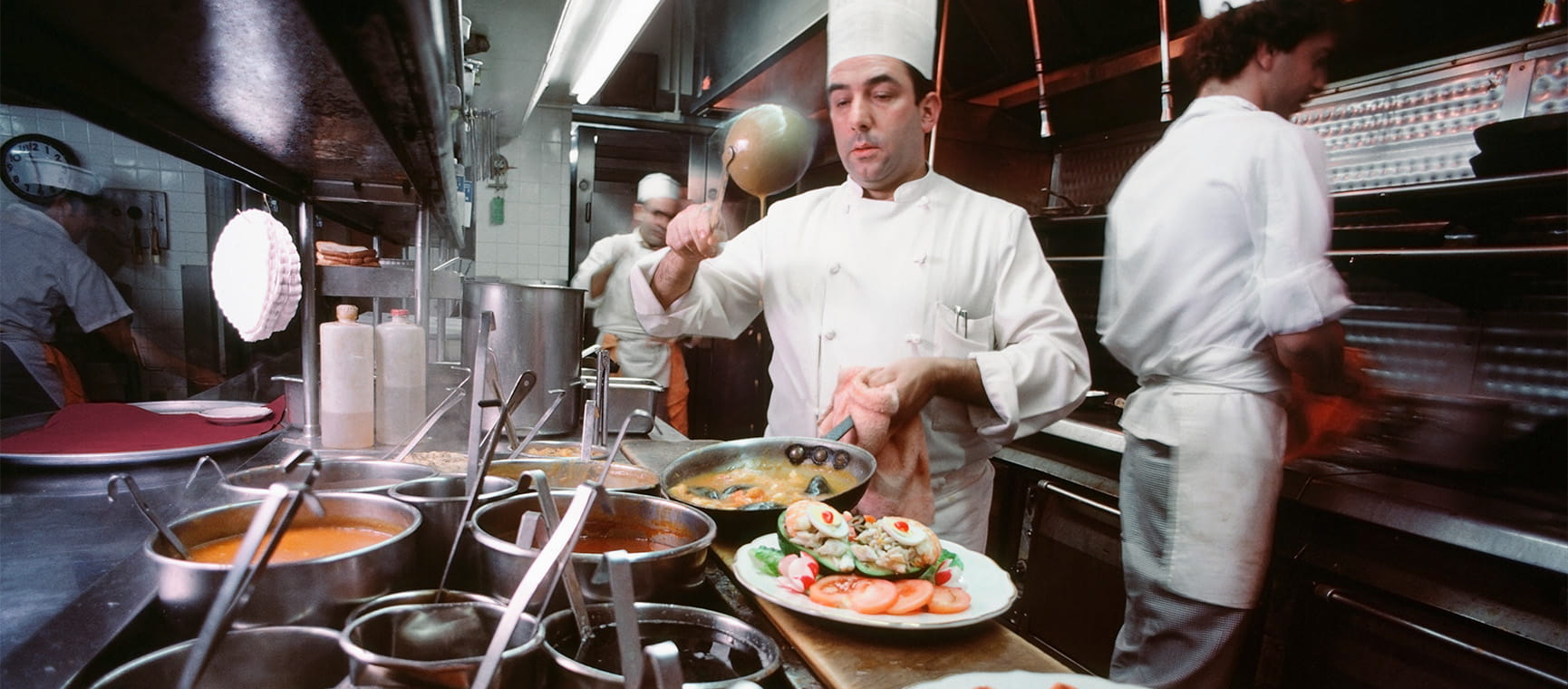
As new TV series Knife Edge lifts the lid on how restaurants earn the ultimate accolade, we look at the stresses and strains they endure to receive the award.

Screen acting has the Oscars and the Emmys, music has the Grammys, and the theatre has the Tonys. And when it comes to the world of cooking, it’s all about winning a Michelin star (or three).
The Michelin Guide was set up by French tyre company Michelin in 1900 and its prestigious stars were introduced in 1926 to recognise exceptional restaurants for their culinary quality.
It’s every chef’s dream to get a star and interest in how these coveted accolades are achieved has been piqued by the hit Disney+ drama series The Bear in which the central plot revolves around a chef striving to get one. In the Emmy-award-winning show, Carmy Berzatto (Jeremy Allen White) and his team put themselves under immense pressure to achieve the perfect combination of food, presentation, service and atmosphere in the hope that a Michelin star will save them from financial ruin.
Now a new eight-part factual show on Apple TV+ delves even further into the process and features some of the world’s best chefs pursuing the ultimate accolade.
Hosted by food expert Jesse Burgess and produced by Gordon Ramsay – who has earned 17 Michelin stars for restaurants throughout his career – Knife Edge: Chasing Michelin Stars visits some of the planet’s top restaurants to discover the exciting highs and excruciating lows of chefs at the top of their game.
As the show launches this Friday (10 October), we take a look at what it really takes to get a Michelin star, who judges the restaurants and the sacrifices chefs make in order to win that elusive award.
According to the Michelin Guide, a star “is awarded to restaurants offering outstanding cooking” and they give marks based on five universal criteria:
Although service, cleanliness, ambience and atmosphere all add to a dining experience, when awarding a star, judges only critique the food on the plate, saying, “The style of a restaurant and its degree of formality or informality have no bearing whatsoever on the award”.
It doesn’t have to be a certain cuisine type – one of the hopefuls in the series is an upmarket fried chicken eatery – and diners can send in their recommendations. All the restaurants in the Michelin Guide are re-assessed regularly.
According to the series, one star can increase footfall by 20%, two stars by 40% and three stars by 100%.
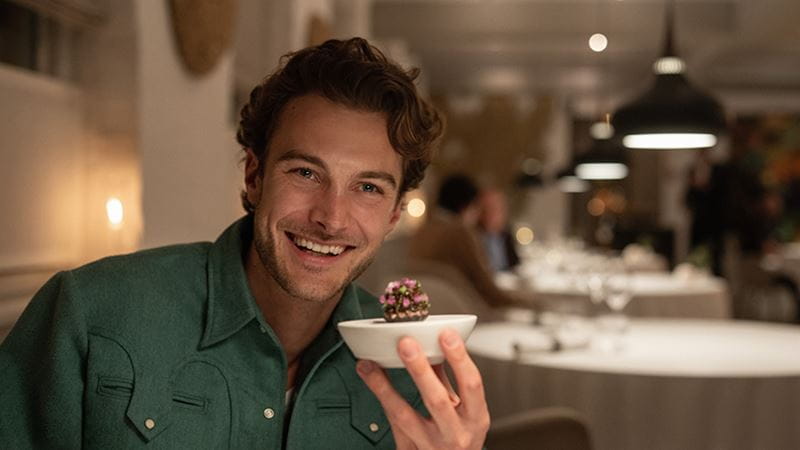
While all stars are prestigious, there is a difference between being a restaurant with one Michelin star and one with three. It’s very difficult to achieve three stars – there are only 155 restaurants in the world which have three.
One star is awarded to restaurants using top quality ingredients, where dishes with distinct flavours are prepared to a consistently high standard.
Two stars are awarded when the personality and talent of the chef are evident in their expertly crafted dishes; their food is refined and inspired.
Three stars are awarded for the superlative cooking of chefs at the peak of their profession – their cooking is elevated to an art form and some of their dishes are destined to become classics.
In Knife Edge, the inspectors admit that even the slightest error can be the difference between two stars and three: “Nothing short of perfect, no mistakes, no exceptions… it’s a chef at the peak of their profession.”
But stars can also be taken away so the pressure is always on to make sure standards don’t slip – the last thing the Michelin team want is for diners to try out recommended restaurants and have a bad meal or experience.
This year, two restaurants in the UK & Ireland had their stars deleted: Chinese restaurant Kai and Jason Atherton’s City Social, both of which are in London.
But restaurants will not automatically lose their star/s if the head chef leaves as they are awarded to the restaurant not the chef, and the chef can’t take a star with them. The inspectors will simply return to the restaurant and see how well they eat.
The inspectors are notoriously anonymous and although they appear on the show, their voices are changed and they are filmed from behind and darkened so that their identity is not given away.
One says, “Chefs have no idea of who I am and long may it continue,” while another admits that the only other person he has told what he does for a living is his wife.
Their job has been compared to being in the CIA as they can’t let anybody know their identity and they are forever changing their names, numbers and emails so they’re never recognised.
They are all full-time employees of Michelin and are former restaurant and hospitality professionals. Once several inspectors have eaten at a restaurant, they then discuss their experiences as a team in order to make a final decision.
Various inspectors will visit the restaurant as many times as they feel necessary because consistency is key and will turn up for different seatings. It can take up to a year to make a decision and they will try to eat as many dishes as possible.
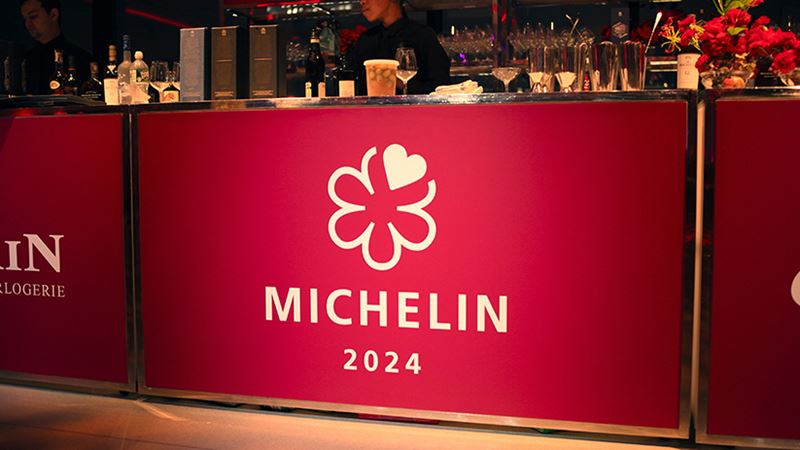
Although judges can eat in pairs and occasionally even as a group, it seems that most of them eat by themselves – which puts chefs on high alert whenever they have a solo diner.
Most of the inspectors, especially those in America, don’t judge in their hometowns so if they’re cagey about where they’re from when asked or how they found out about the restaurant, alarm bells start to ring
The same worry kicks in when solo diners take a lot of photos of food and appear to be taking notes on their phone. Although as the show’s host Burgess points out, taking photos while messaging on your phone is quite the norm these days.
But the guest a restaurant fears the most? A solo walk-in diner as there is absolutely no time at all to do any research or prep.
Being a chef is a notoriously stressful profession thanks to long and irregular hours; high pressure from demanding customers and management; and – if it’s their own restaurant – the fact that a lot of money and their future livelihood depends on it being a success.
Throw in the added of pressure of winning an award that can change your life, and it can almost reach boiling point.
One chef admits that his career and his “greedy ego” affects his family life and self-esteem. Another had invested $20,000 of his own money and knew he wouldn’t be able to re-coup it if his restaurant wasn’t awarded a star. It’s certainly not an accolade the faint-hearted should try to achieve. But if they don’t get the star, there are other recognitions from Michelin which can boost bookings, reputations and finances.
The Michelin Bib Gourmand is the award for great value, and highlights simple yet skilful cooking at an affordable price. The Michelin Green Star is awarded to restaurants that are role models when it comes to sustainable gastronomy.
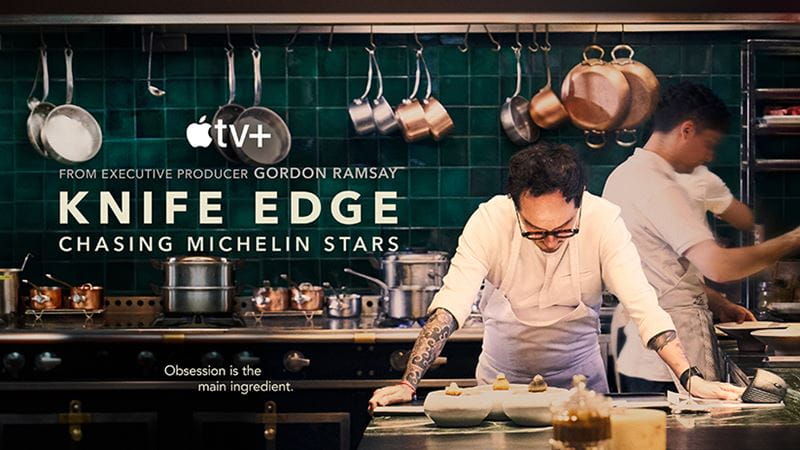
According to Burgess, if you want to try a Michelin starred restaurant in the Nordic regions – which are famed for their exquisite culinary plates – then you’re going to have to pay.
Even though no awarded restaurant is particularly cheap, highly accoladed dishes in Scandinavia are the most expensive, with the Denmark average at just under £300 for a meal.
However, it is France that has the most Michelin-starred restaurants closely followed by Japan and Spain.
In the latest 2025 Michelin Guide, the UK and Ireland have a total of 220 Michelin-starred restaurants across all levels, including 10 restaurants with three stars, 29 with two, and 181 with one. Prices vary but the top tip from many food critics is to visit at lunchtime if you want to try one out on a budget.
The Michelin Guide was first published in 1900 by André and Édouard Michelin, the founders of the tyre company in France. There were less than 3,000 cars in France at the time and the brothers wanted to encourage people to drive more so they could sell more tyres.
The guide was originally a free booklet with maps and a list of places to eat and stay as well as a guide to changing tyres. Guide staff noticed that people were particularly interested in the restaurant recommendations and so in 1926 they began awarding Michelin stars. By 1936 the one, two and three-star system had been introduced.
Credit: Knife Edge: Chasing Michelin Stars premieres on Apple TV+ on Friday 10 October.
Hero image credit: Getty Images
Kate Randall is Saga Magazine's Digital News Editor. Kate has more than 20 years experience in print and digital journalism and specialises in news, entertainment and lifestyle.
In her spare time, she loves trying out the latest exercise trends and fitting in as many holidays as she can.
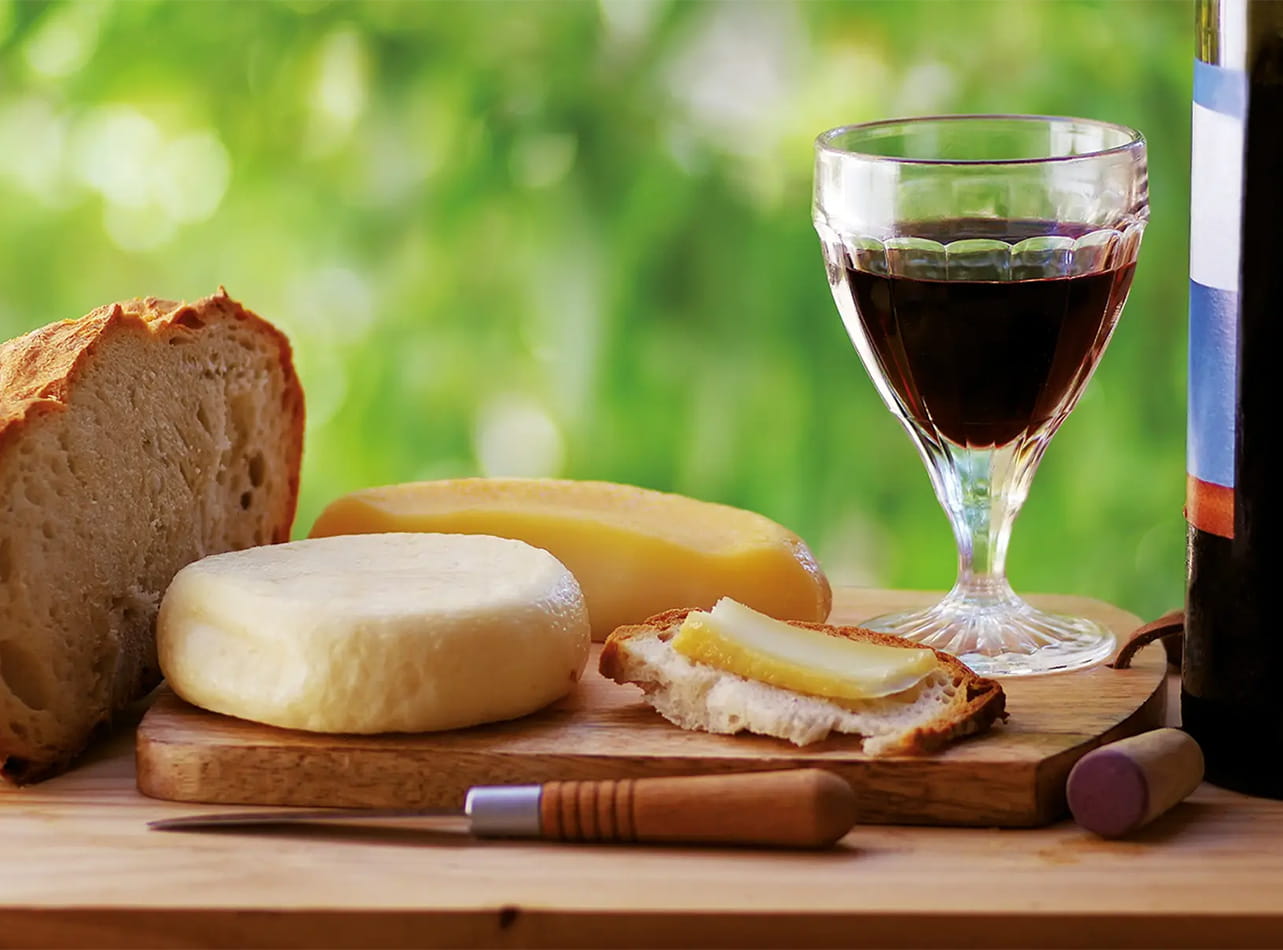
Find out about Saga's gastronomy holidays here...
They say the way to the heart is through the stomach, and Saga’s thoughtfully crafted food and wine holidays are perfect if you like trying new flavours and exploring traditional methods of cooking.

Skip the queues this Christmas with high quality wines delivered direct to your door. Save £89 on your first case and receive a free bottle of champagne
.jpg?la=en&h=541&w=1232&hash=68EDA28677DE015BF53916AA57CAD1F7)
For the Bake Off judge, the funniest festive season was the one when the lunch went completely wrong.


Jenni Murray is back behind the microphone as she chats to national treasures and household names.

The UK’s bestselling contemporary poet talks about finding huge success in later life and why Christmas is her lifeline.
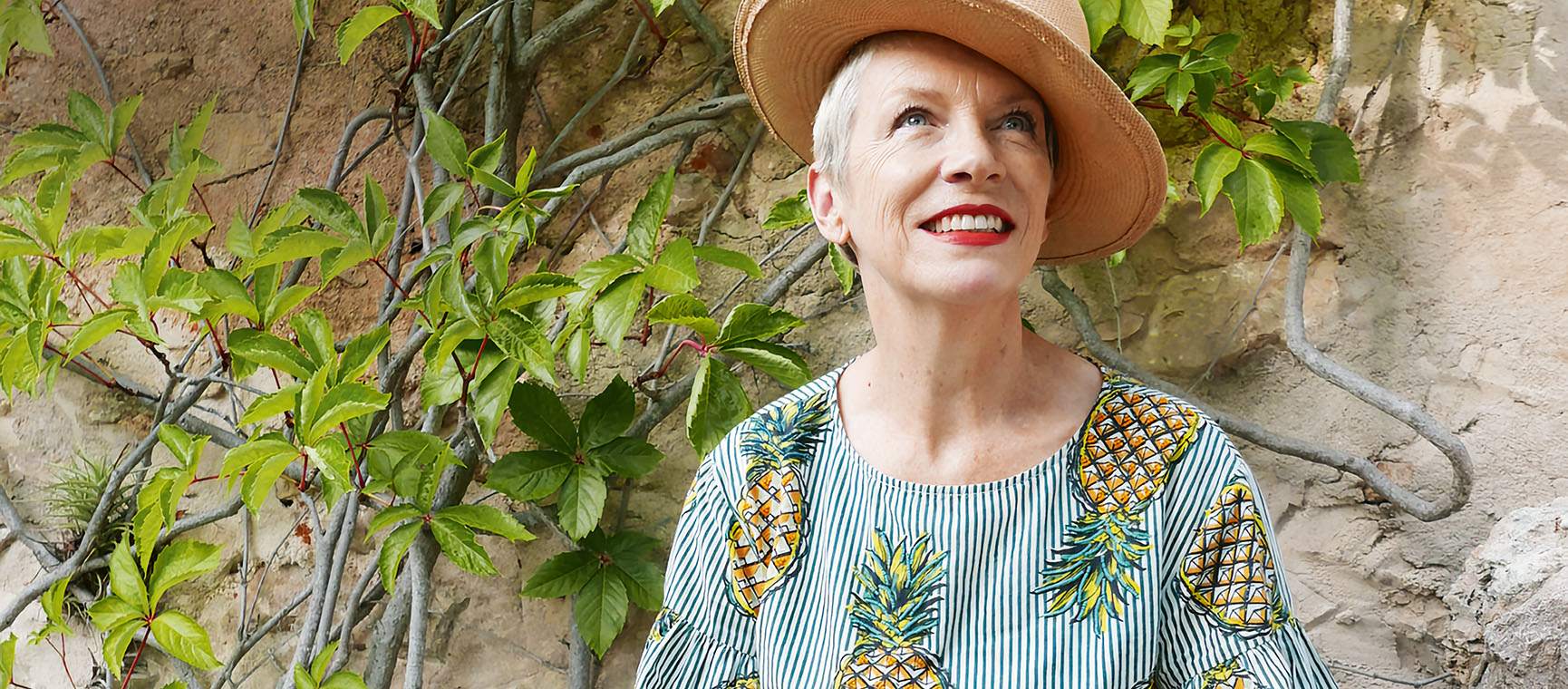
The singer-songwriter on being diagnosed with ADHD at 70 and how she’s ageing on her own terms.
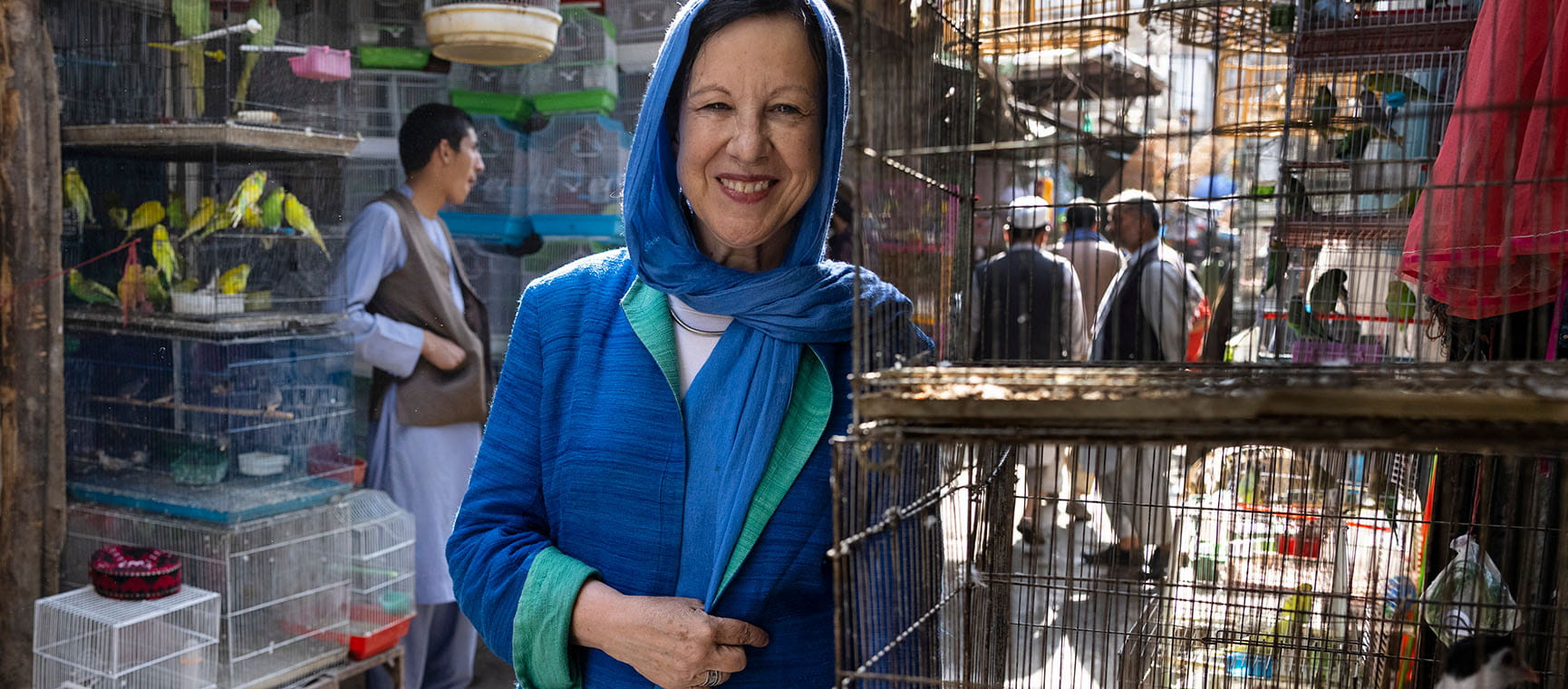

This frank documentary about the comedian’s European tour reveals the realities of travelling in your 80s.
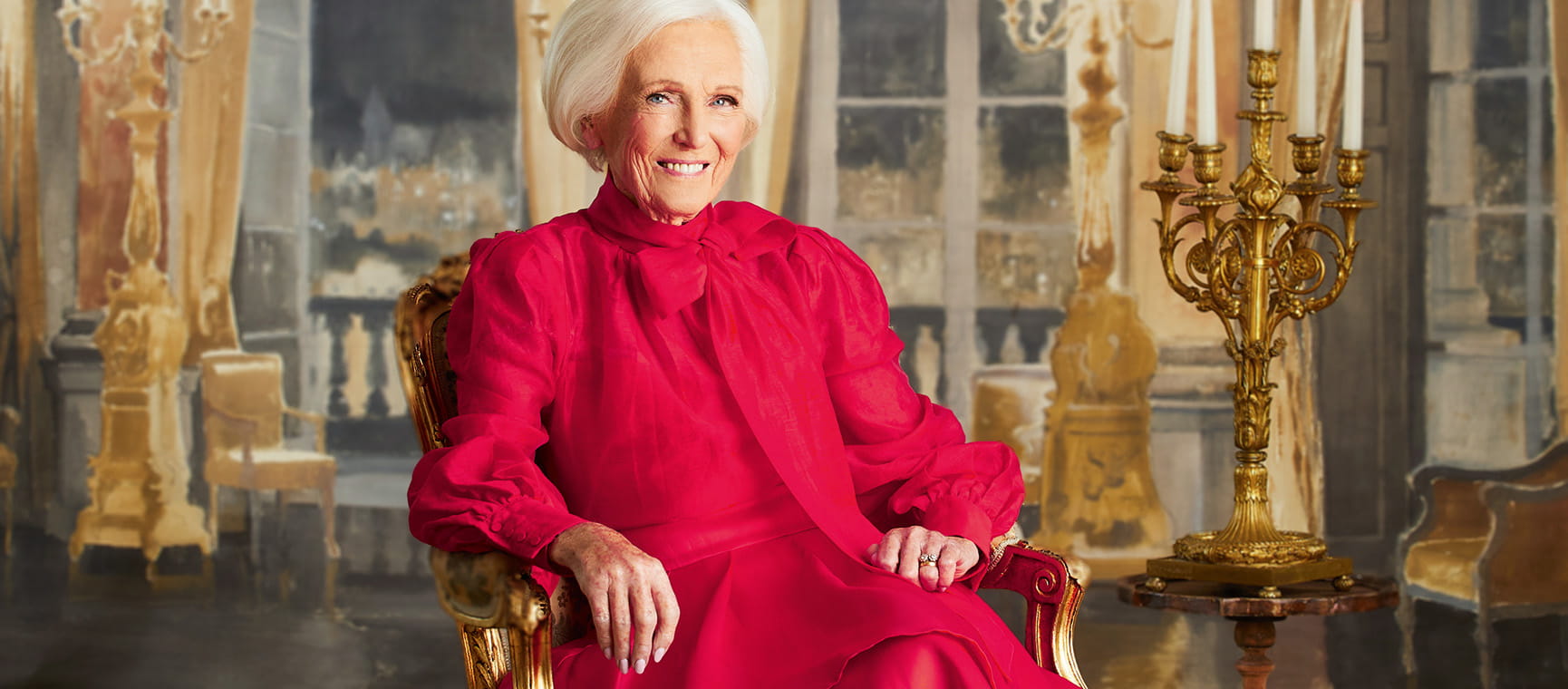
The baking queen on celebrating her 90th birthday, her daily indulgence and why her husband Paul thinks “cooking is boring”.

The TV star chats about health, her love of sprouts and why she’s been proven right about the detox diet.
